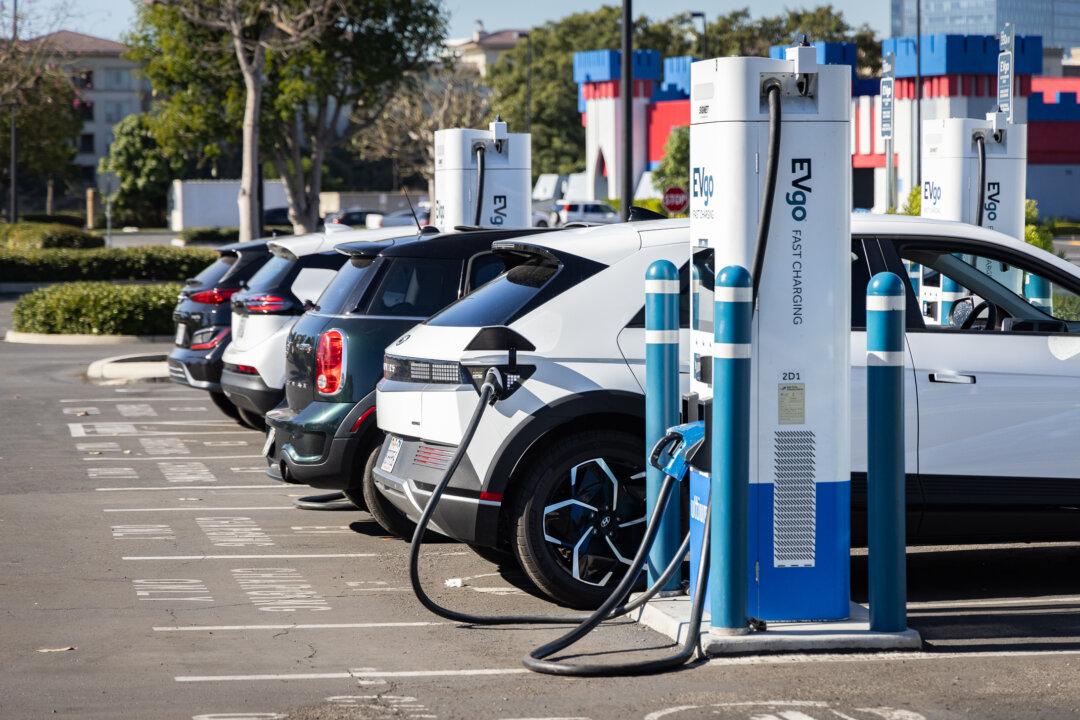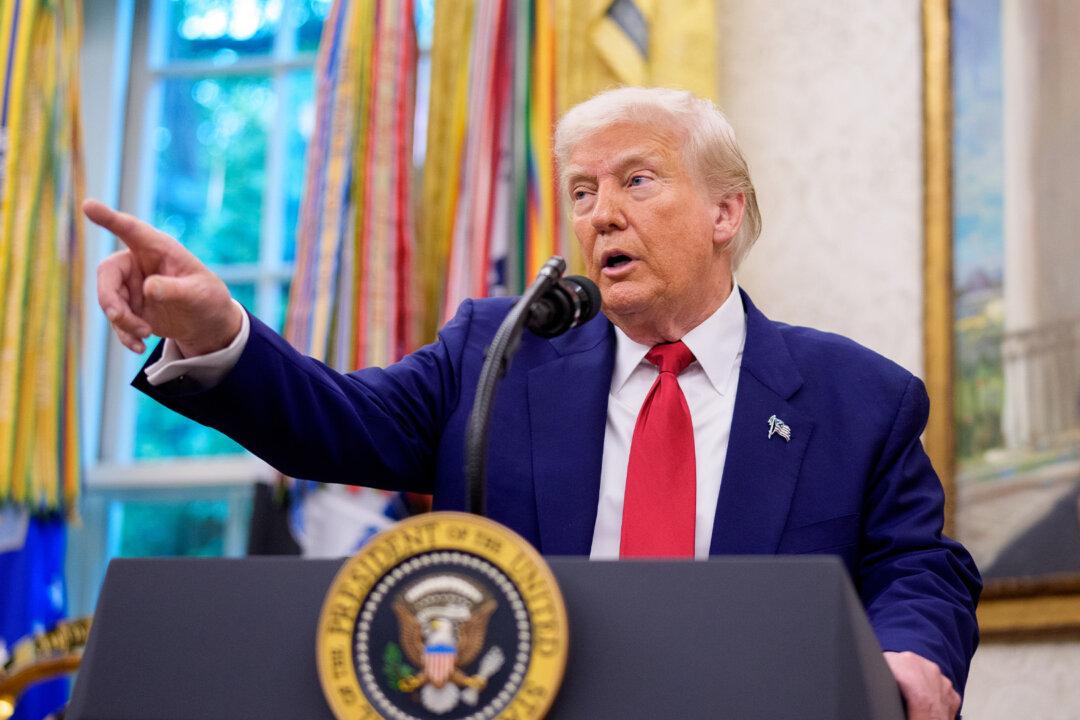Rep. Cathy McMorris Rodgers (R-Wash.) hit out at the Biden administration’s recently announced multibillion-dollar green energy grants, accusing the government of prioritizing the green agenda over American citizens.
On April 4, the U.S. Environmental Protection Agency (EPA) announced $20 billion in grants to eight entities to “deliver clean energy and climate solutions to communities across America.” In a statement on Thursday, Ms. Rodgers criticized the “green slush fund awards,” stating that the Biden administration was prioritizing “its radical rush-to-green agenda over the needs of the American people.”





